can you fertilize conifers in fall?
magi1
15 years ago
Related Stories

GARDENING GUIDESGet on a Composting Kick (Hello, Free Fertilizer!)
Quit shelling out for pricey substitutes that aren’t even as good. Here’s how to give your soil the best while lightening your trash load
Full Story
GARDENING GUIDES5 Prairie Wildflowers That Can Heal Your Soil
Get free, organic soil fertilizer with nitrogen-pumping plants that draw pollinators too
Full Story
PLANTING IDEASStretch the Budget, Seasons and Style: Add Conifers to Your Containers
Small, low-maintenance conifers are a boon for mixed containers — and you can transplant them to your garden when they’ve outgrown the pot
Full Story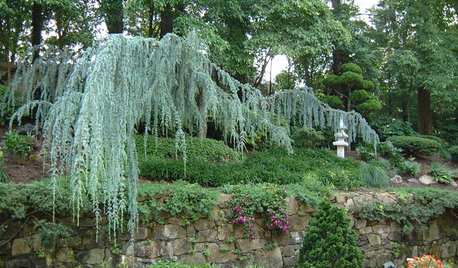
PLANTING IDEASDesigning With Conifers: Exploring Color
Colorful, structural and adaptable, conifers are waiting to transform your garden
Full Story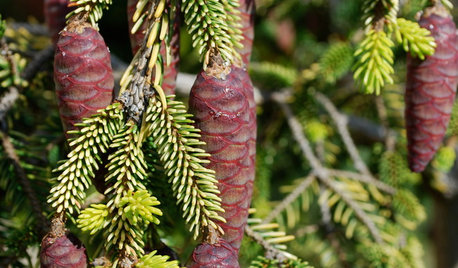
GARDENING GUIDESGreat Design Plant: Skylands Oriental Spruce, a Favorite Conifer
Brighten up a drab corner of your garden with Picea orientalis ‘Skylands’, a smaller spruce that a bird family might just call home
Full Story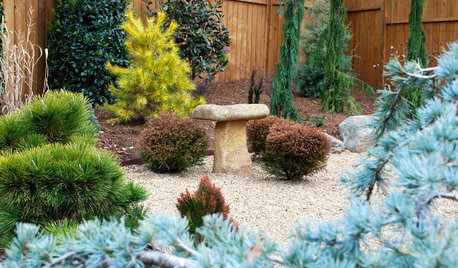
PLANTING IDEASDesigning With Conifers: Personality and Form in the Garden
Unique and full of interest, well-shaped conifers await a place your yard
Full Story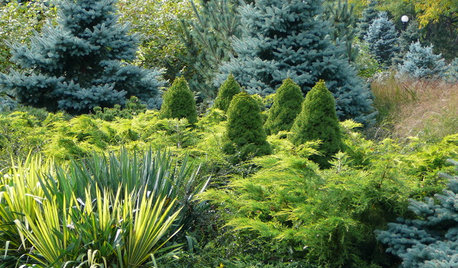
PLANTING IDEASDesigning With Conifers: Layers of Texture for Your Garden
Sharp and prickly or fine like ferns, richly textured conifers bring unexpected interest to the landscape
Full Story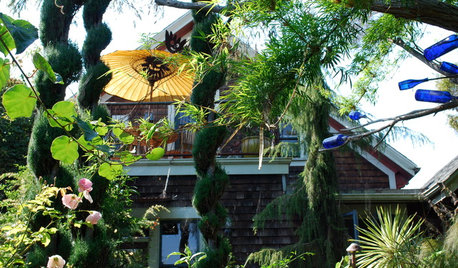
PLANTING IDEASDesigning With Conifers: How to Unite Your Landscape
Create a landscape full of intrigue and artistry with the right placement of conifers and their supporting players
Full Story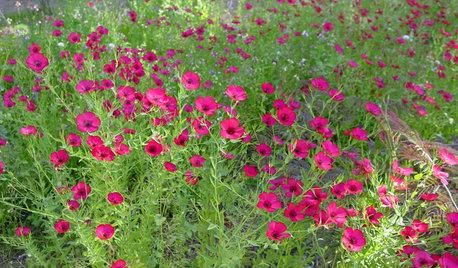
GARDENING GUIDESSouthwest Gardener's August Checklist
Manage monsoon effects, remember to fertilize and don't let the heat deter you from planting for fall
Full Story
FALL GARDENINGMake This Fall’s Garden the Best Ever
Learn the most important tip for preventing buyer’s remorse, plus get more valuable buying and planting advice
Full Story









gardengal48 (PNW Z8/9)
barbaraincalif
Related Professionals
West Milford Landscape Architects & Landscape Designers · Clark Landscape Architects & Landscape Designers · Garden City Landscape Architects & Landscape Designers · Washington Landscape Architects & Landscape Designers · Aurora Landscape Contractors · Surprise Landscape Contractors · Corona Landscape Contractors · El Mirage Landscape Contractors · Ellensburg Landscape Contractors · Fairhope Landscape Contractors · Gaithersburg Landscape Contractors · Parker Landscape Contractors · Riverhead Landscape Contractors · Ansonia Landscape Contractors · Bensenville Landscape Contractorspinetree30
FrozeBudd_z3/4
Embothrium